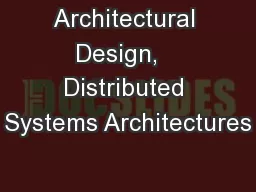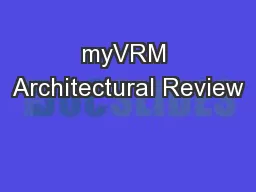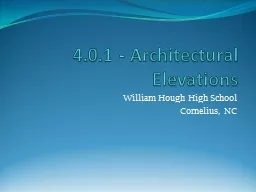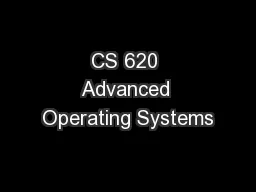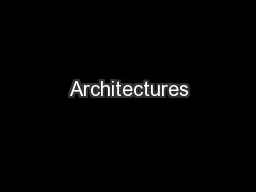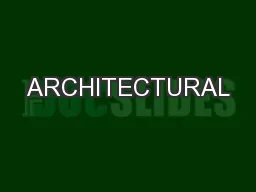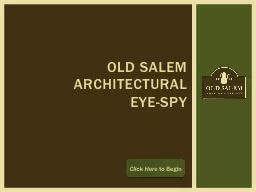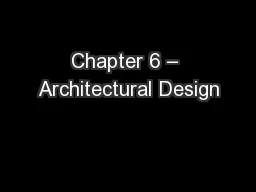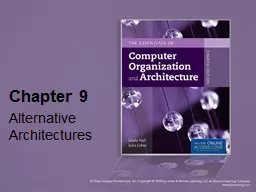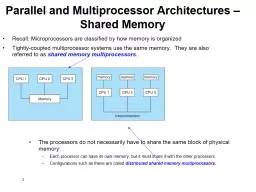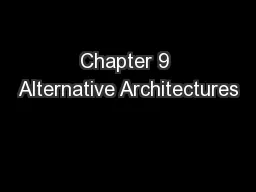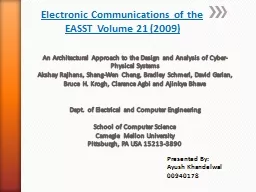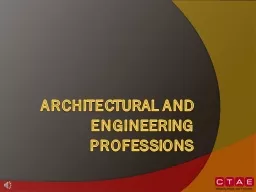PPT-Architectural Design, Distributed Systems Architectures
Author : natalia-silvester | Published Date : 2018-02-28
Hoang Huu Hanh Hue University hanhathueunieduvn Architectural Design Establishing the overall structure of a software system Topics covered System structuring
Presentation Embed Code
Download Presentation
Download Presentation The PPT/PDF document "Architectural Design, Distributed Syst..." is the property of its rightful owner. Permission is granted to download and print the materials on this website for personal, non-commercial use only, and to display it on your personal computer provided you do not modify the materials and that you retain all copyright notices contained in the materials. By downloading content from our website, you accept the terms of this agreement.
Architectural Design, Distributed Systems Architectures: Transcript
Download Rules Of Document
"Architectural Design, Distributed Systems Architectures"The content belongs to its owner. You may download and print it for personal use, without modification, and keep all copyright notices. By downloading, you agree to these terms.
Related Documents

